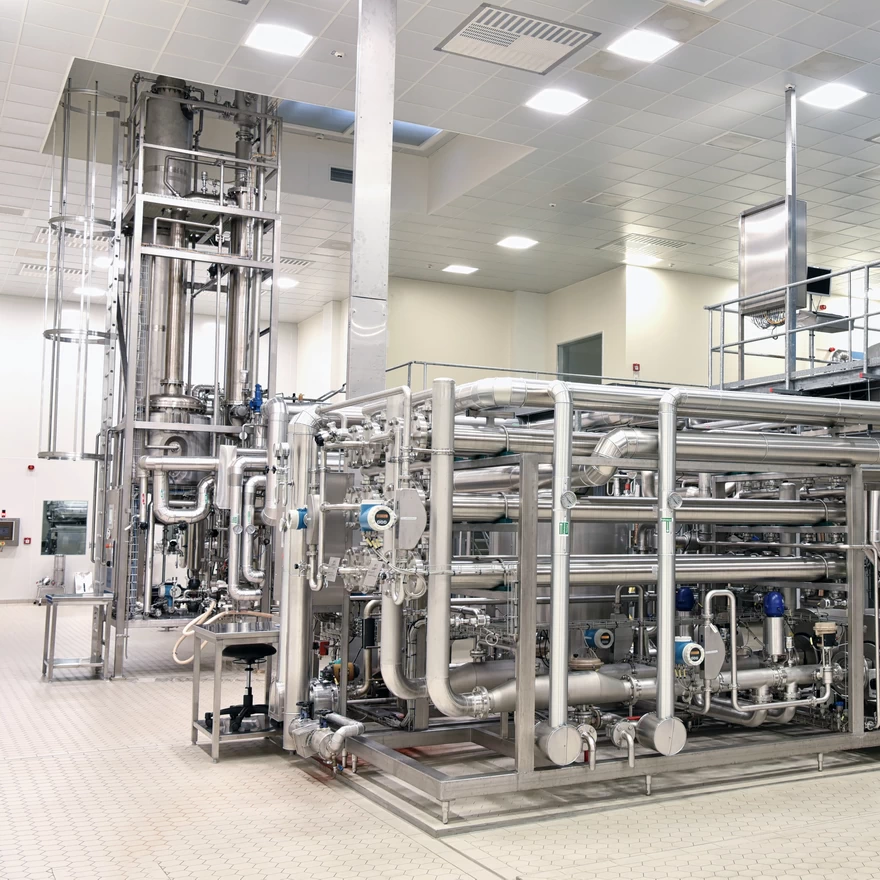reduction of the installation’s overhaul downtime
This effect is achieved by neutralizing and removing hazardous sulfides, hydrogen sulfide, benzene, volatile hydrocarbons and other undesirable process gases.
To reliably achieve these goals, high-performance chemical cleaners with tailored cleaning and degassing methods are used. Cleaning and degassing of distillation columns and tanks can be performed with excellent results in a single day. The complete elimination of hazardous gases and potential fire hazards is of paramount importance.
Mechanical cleaning and decontamination of storage tanks can require several weeks of downtime. In comparison, chemical cleaning and degassing significantly reduces downtime to a few days, with great economic benefits.
We offer decontamination (cleaning and degassing) programs tailored to the needs and specifics of the installation. We develop technological solutions to provide our customers with full technical support during planned or unplanned outages. Our offer always includes a package of customized solutions, the success of which closely depends on the design phase in which the customer is involved. This first step, is the key to selecting the most suitable application, products, choosing the optimal operating procedure and minimizing costs.
